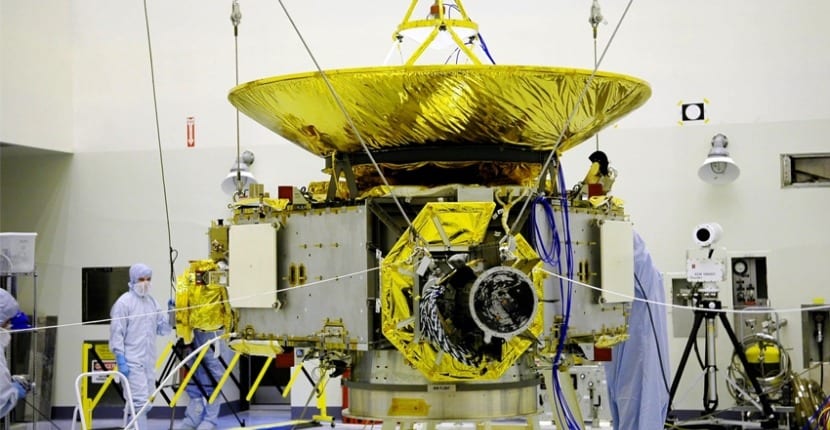
We are at the weekend although the news related to the world of 3D printing does not stop arriving. On this occasion I want to tell you about the latest work being carried out by a group of scientists and researchers from the prestigious Virginia Tech University through which we are much closer to being able to work the Kapton making use of certain 3D printing techniques.
As a detail, before continuing, tell you that the Kapton is obtained after carrying out a very delicate process Due to its peculiar molecular structure, even so, this team of researchers has managed to synthesize this high performance material used largely in the isolation of spacecraft and satellites. Undoubtedly a breakthrough that could literally shake up the way we understand space exploration, electronics and many of the manufacturing processes in the aerospace industries.
Researchers from Virginia Tech University have managed to develop the necessary methodology to create Kapton by 3D printing
To achieve this important milestone, this group of researchers has had to work for a year to create the thermal macromolecules needed to 3D print Kapton. Thanks to this new methodology, it will no longer be necessary to work with this material as before in a process where large and thin sheets were created, very similar to a plastic film, which had to be superimposed on the walls of a satellite or spacecraft, to protect its interior from the heat and cold to which it will be exposed once it is sent into space.
As he commented Christopher williams, professor at Virgina Tech University and researcher within this project:
Now we can print the polymer with the highest possible temperature. In addition, our 3D printing material is as strong as Kapton produced with traditional techniques.
We can imagine that this will be used to print the structure of a satellite. We could use the many geometric possibilities offered by 3D printing to further enhance existing designs; for example, a lighter satellite, a more efficient nozzle, or a filter that provides optimal flow.